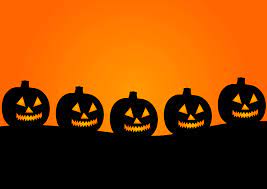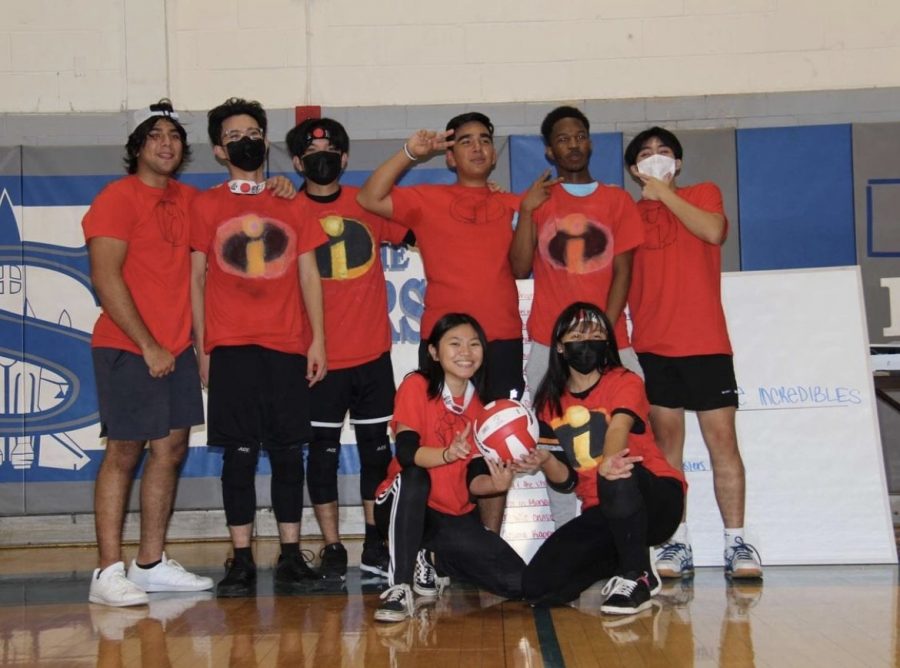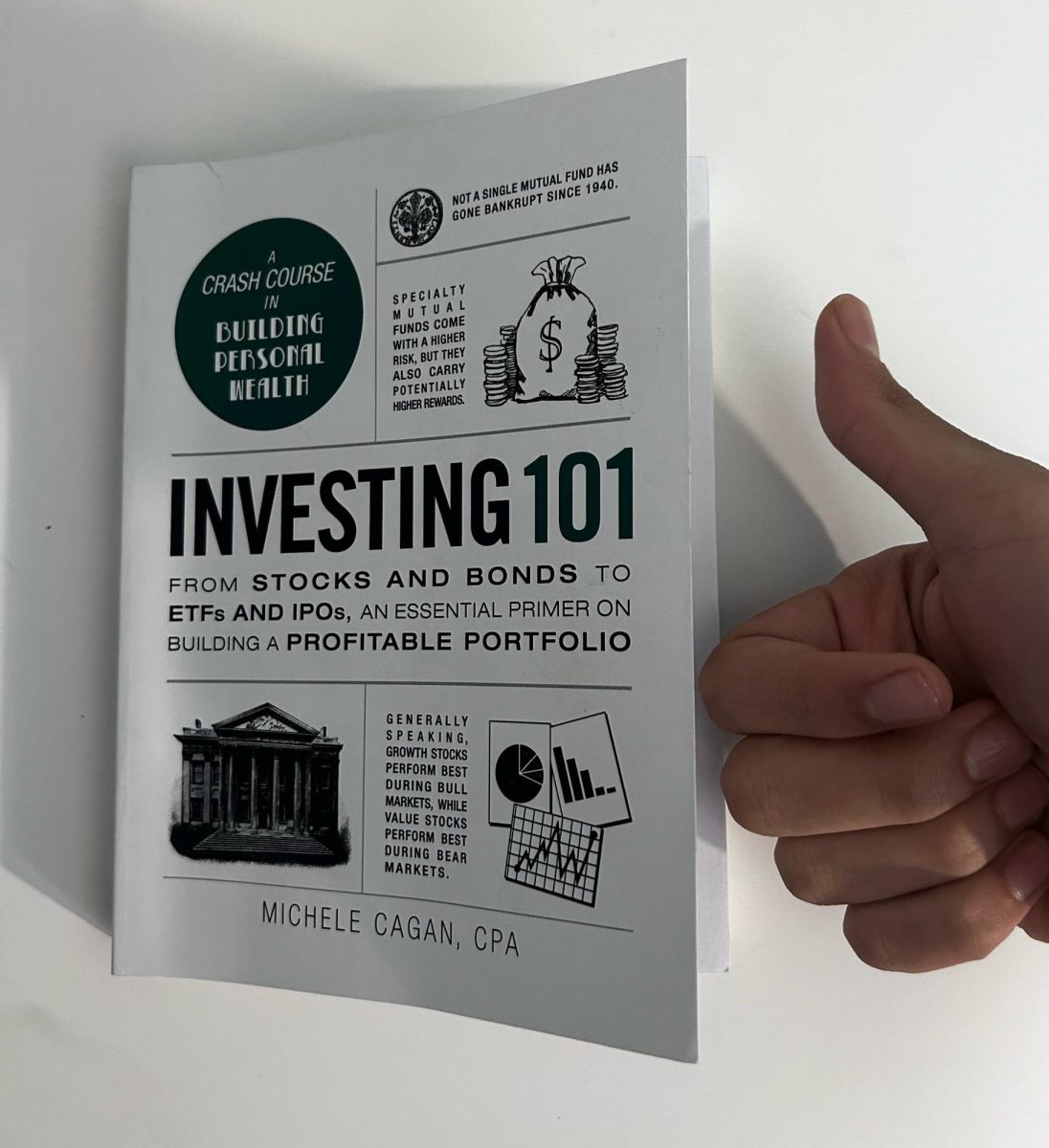October 31st: The Origin of Halloween

October 1, 2021
Despite being a holiday that is favored by many, Halloween’s origins are unknown among many of its celebrators. The tradition of dressing in costumes and trick-or-treating is extremely different from the original concept of Halloween.
The earliest trace of Halloween dates back to nearly two thousand years ago with an ancient celebration. This festival, known as Samhain, marked the beginning of winter. Samhain was a Celtic celebration in which people built bonfires and danced around them in order to scare off the spirits of the dead.
The Celtic New Year was on November 1, which welcomed winter and, therefore, the annual harvest. Winter was commonly related to death, which is why the tradition was celebrated on the day prior to its arrival. The bonfires played an important role in not only scaring off ghosts, but also inspiring the Sun to shine during the several cold months that were to come.
The Celts often wore costumes consisting of animal skins during these celebrations. They also made sacrifices to the bonfires, such as crops and animals.
The modern American version of Halloween did not begin until the mid-1800s, in which people celebrated a harvest. Similar to present-day Halloween, those who celebrated often told stories about ghosts. Several decades later, the holiday began to become associated with family rather than traditions of spirits and mischief.
It wasn’t until the mid-1900s that Halloween became increasingly popular, as the influx of immigrants helped to create this widespread tradition. During this time period, trick-or-treating became a trend among young children, contributing to a community-wide celebration.
Halloween is a wonderful celebration that incorporates family and community. Despite the significant contrast from its original concept, the idea of bringing together neighbors has evidently stuck from its early age.





















